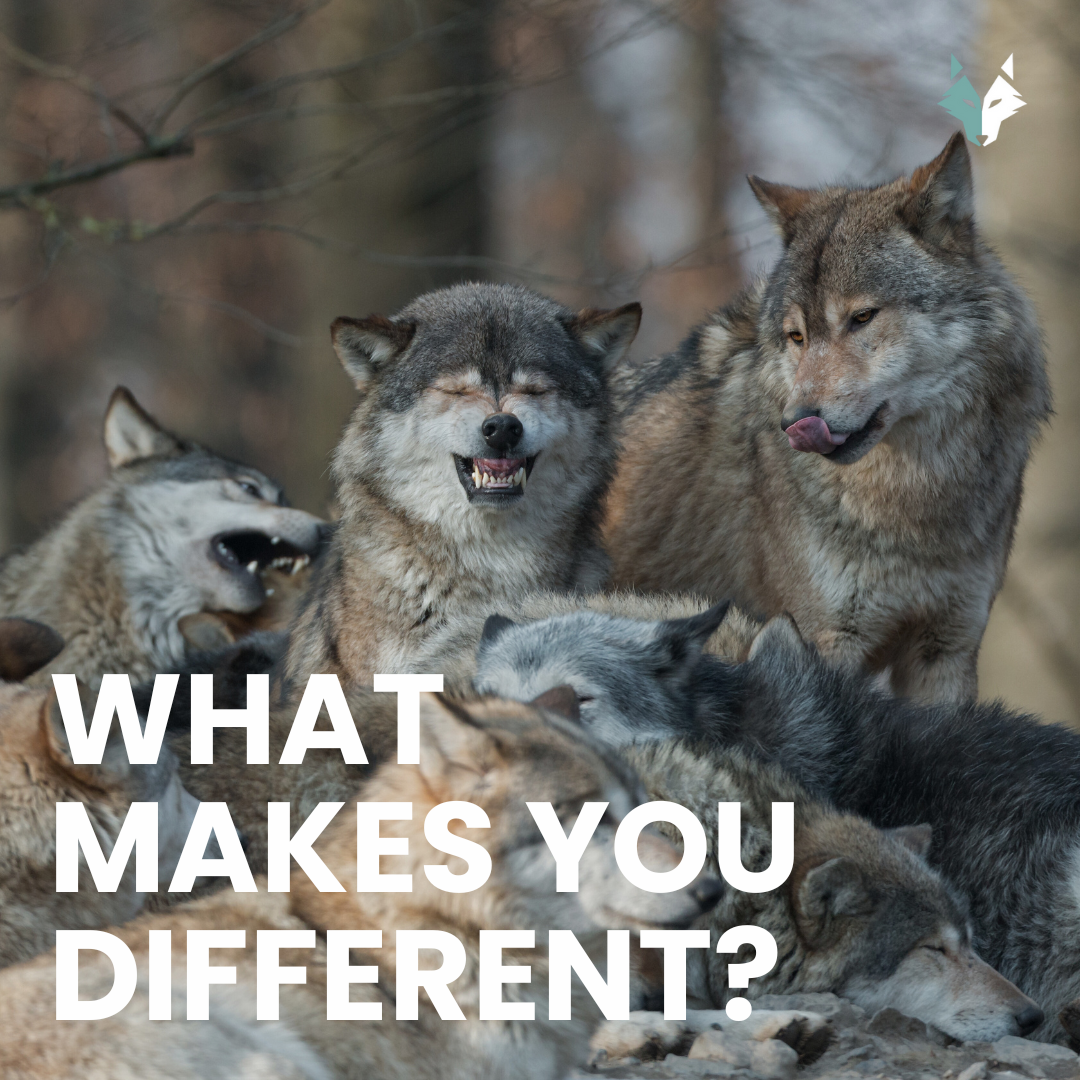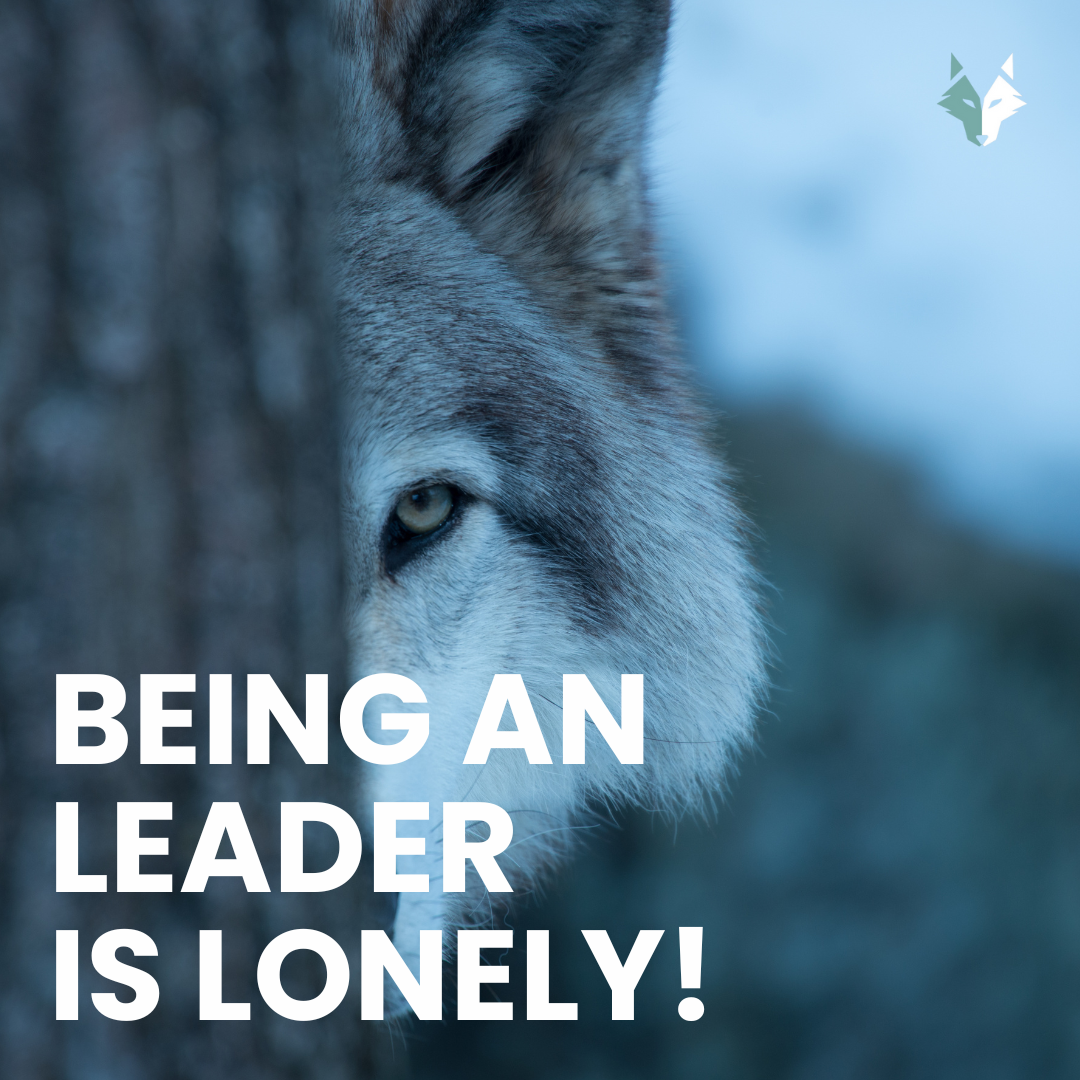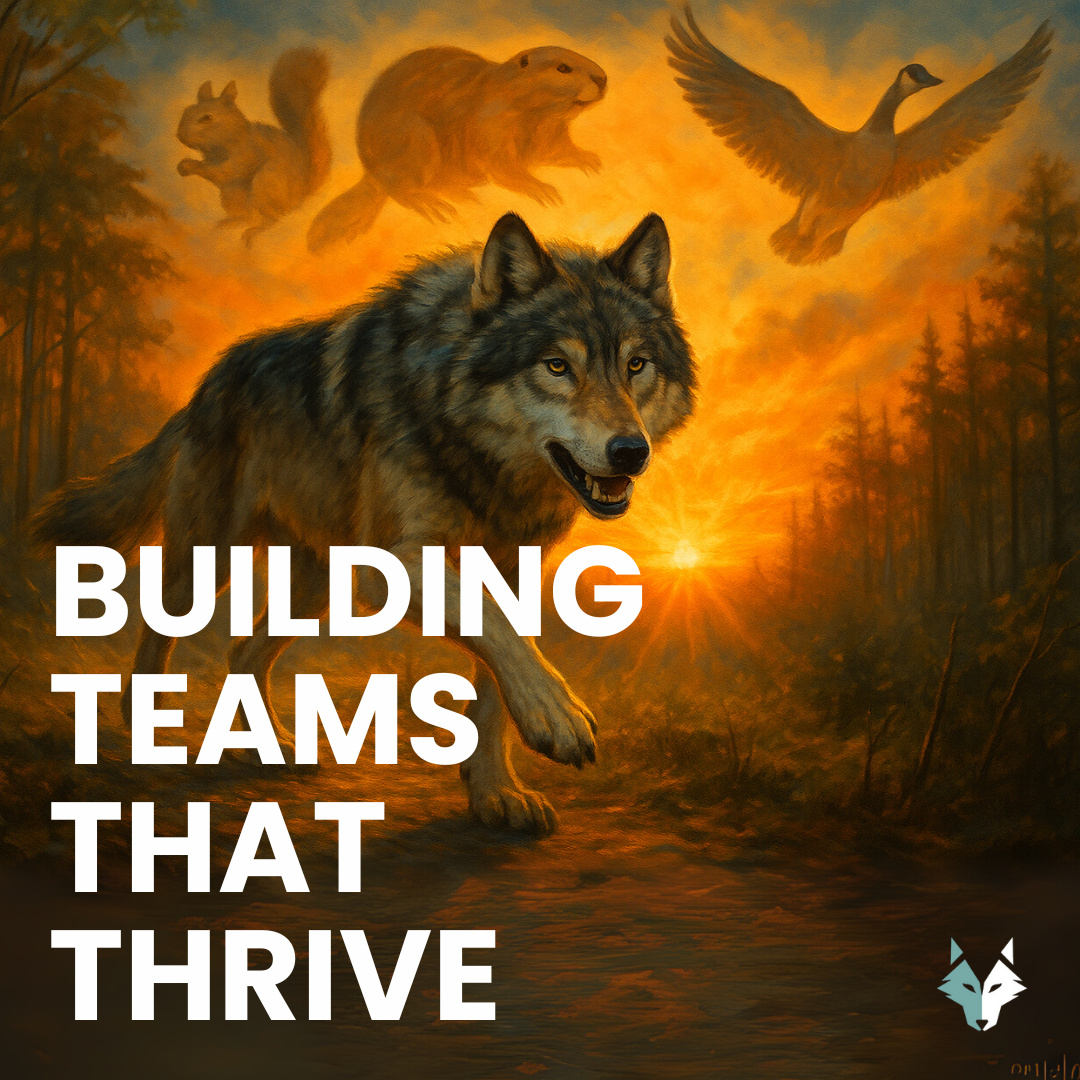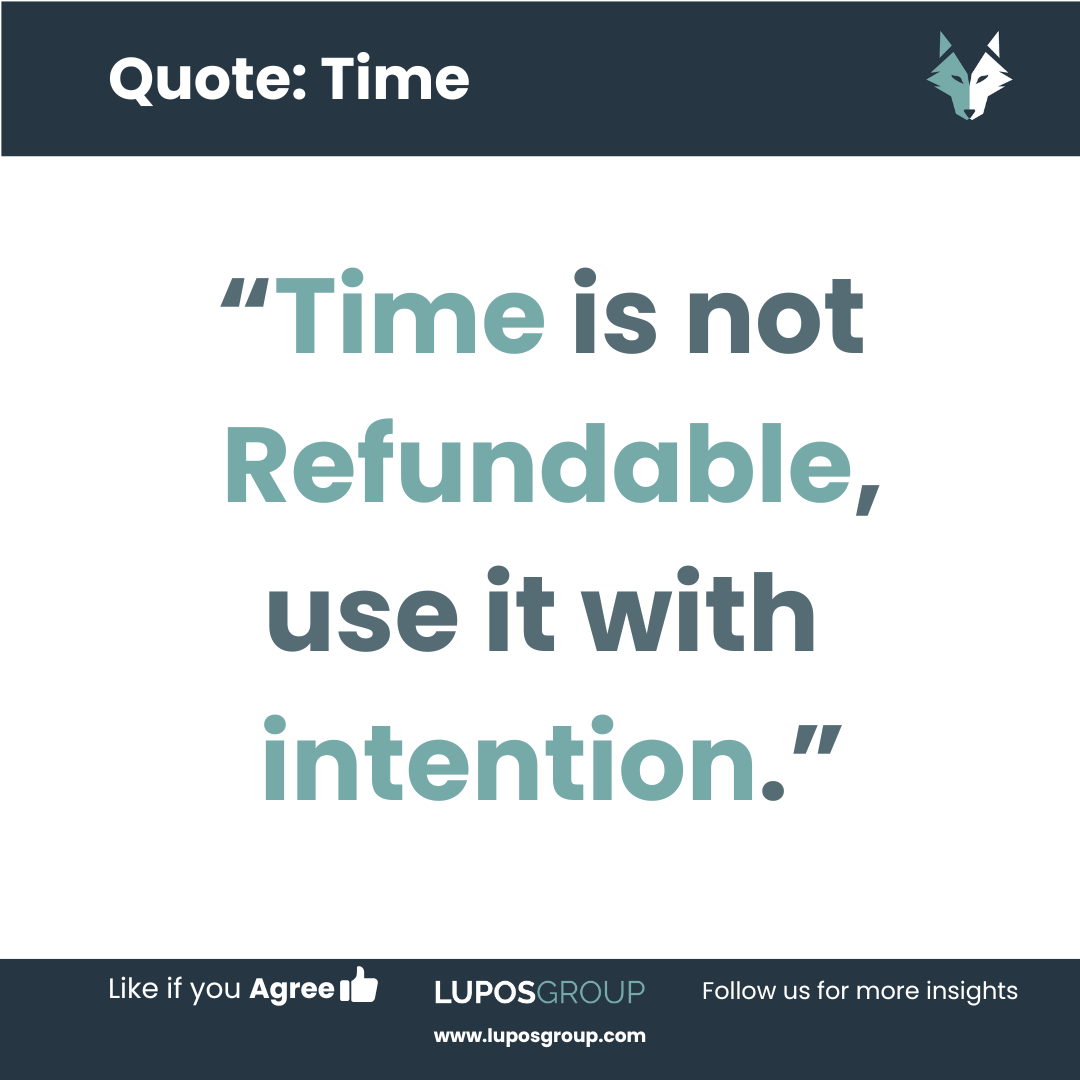Workplace: 2004 vs 2024
Workplace Drivers – A Look at 2004 vs 2024
The workplace has evolved dramatically over the past two decades, shaped by technological advancements, societal shifts, and changing worker priorities. Comparing the work drivers of 2004 and 2024 reveals a profound transformation in how individuals define success, pursue career goals, and interact with their workplaces. Let’s explore these changes in detail.

2004: The Era of Career Climbing and Tangible Rewards
In 2004, the workplace was heavily structured, hierarchical, and defined by traditional notions of success. Key drivers for workers reflected this conventional mindset:
1. Primary Goal
Workers in 2004 were driven by:
- Career Advancement: Climbing the corporate ladder was the ultimate goal.
- Status Symbols: Corner offices, executive perks, and high-end cars symbolized success.
- Titles: A job title spoke volumes about one's achievements and worth.
- Position & Power: Authority and control over teams or projects signified success.
2. Compensation
Compensation was straightforward:
- Pure Monetary Rewards: A bigger paycheck was the main motivator.
- Base Salary: Fixed, predictable earnings dominated compensation packages.
- Bonuses: Performance was rewarded with year-end bonuses.
- Benefits: Healthcare, retirement plans, and other fixed perks added value.
3. Success Metrics
Success was measured externally:
- Visible Achievement: Recognition in the workplace carried significant weight.
- Promotion Speed: Moving up quickly was seen as a testament to capability.
- Office Size: A larger office often indicated higher status.
- Team Size: Managing larger teams equated to greater importance.
4. Workplace
Workplaces were rigid and company-focused:
- Company-Centric: The needs of the organization dictated priorities.
- Fixed Schedules: The 9-to-5 grind was the norm.
- Physical Presence: Being in the office was non-negotiable.
- Structured Roles: Job descriptions were clearly defined with minimal overlap.
5. Growth Path
Career growth was linear and predictable:
- Vertical Ladder: Employees climbed step-by-step within a department.
- Clear Steps Up: Promotions followed a predefined timeline.
- Time-Based: Tenure often dictated advancement.
- Department Bound: Mobility between departments was uncommon.
2024: The Age of Flexibility and Fulfillment
Fast forward to 2024, and the workplace is almost unrecognizable from its 2004 counterpart. Workers today seek purpose, balance, and personal development, challenging traditional notions of success and reward.
1. Primary Goal
Modern workers are motivated by:
- Personal Growth & Impact: They want to make a difference in their work.
- Learning Opportunities: Continuous skill development is key.
- Meaningful Work: Purpose-driven projects attract the most dedicated employees.
- Skill Mastery: Becoming an expert in a chosen field holds more value than titles.
2. Compensation
Compensation has expanded beyond monetary rewards:
- Total Wellbeing: Employees value comprehensive support, including physical and mental health benefits.
- Flexibility: The ability to work on their terms is essential.
- Mental Health Support: Access to counseling, wellness programs, and stress management tools has become critical.
- Work-Life Integration: Blending professional and personal priorities seamlessly is a top priority.
3. Success Metrics
Success is more personalized and internal:
- Personal Fulfillment: Happiness and satisfaction outweigh external validation.
- Skill Development: Growth is measured by learning and improvement.
- Impact Measurement: Employees assess their influence on projects and communities.
- Growth Milestones: Progress is celebrated in various forms, not just promotions.
4. Workplace
The workplace has become flexible and adaptive:
- Individual-Centric: Employee needs and preferences take precedence.
- Flexible Hours: Workers prioritize outcomes over clocking in and out.
- Location Freedom: Remote and hybrid models are the norm.
- Fluid Responsibilities: Roles are dynamic, allowing employees to explore and innovate.
5. Growth Path
Career development is diverse and non-linear:
- Multi-Dimensional Web: Employees grow by exploring multiple paths.
- Various Growth Paths: Opportunities for lateral and diagonal moves enrich experiences.
- Skill-Based: Skills, not tenure, dictate advancement.
- Cross-Functional: Collaboration across departments fosters holistic development.
What Drives the Change?
The shift from 2004 to 2024 reflects larger societal changes. Here are the main drivers:
- Technology: Advancements like AI and remote work tools have transformed how and where people work.
- Cultural Values: Younger generations prioritize purpose, diversity, and inclusivity.
- Mental Health Awareness: A growing focus on wellbeing has reshaped workplace priorities.
- Globalization: Cross-border teams and projects demand flexibility and adaptability.
Looking Ahead
As we move into the future, workplaces will continue to evolve. Workers of 2024 have already set a new precedent for autonomy, purpose, and balance. The challenge for organizations is to adapt quickly, fostering environments that resonate with these modern drivers. In doing so, they not only attract top talent but also create thriving, resilient businesses.
What work drivers will define 2044? Only time will tell, but one thing is clear: adaptability will always be key.










